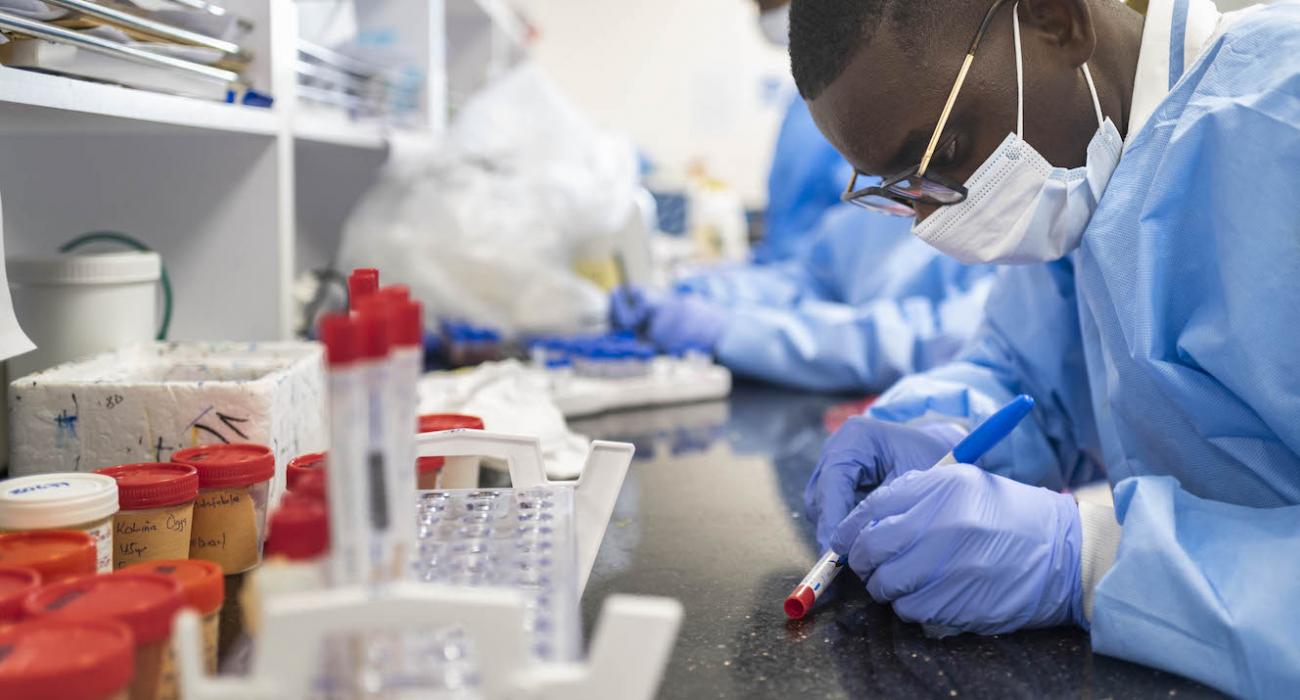
Coronavirus has emerged as a global health threat due to its accelerated geographic spread over the last two decades. The virus is believed to be acquired from zoonotic source and spreads through direct and contact transmission. The symptomatic phase manifests with fever, cough, and myalgia to severe respiratory failure.
The diagnosis is confirmed using reverse transcriptase PCR. Management of COVID-19 is mainly by supportive therapy along with mechanical ventilation in severe cases. Preventive strategies form the major role in reducing the public spread of virus along with successful disease isolation and community containment. Development of a vaccine to eliminate the virus from the host remains an ongoing challenge.
COVID-19 has presented itself as a global pandemic in a short time resulting in rapid curve shift of infected patients, increasing death rates, huge global economic burden, and widespread mobilisation of medical resource across the globe. Being a novel disease, COVID-19 has presented itself as a mystery infection to the medical field, also requiring tremendous research and insights about the nature of the virus and posing frequent challenges for a successful vaccine outcome. The approach to this disease requires active loco-regional to international collaboration with regards to disease containment, preventive strategies, and treatment approach.
Modes of spread
Human-to-human transmission occurs through common routes such as direct transmission, contact transmission and airborne transmissions through aerosols and during medical procedures. Cough, sneeze, droplet inhalation, contact with oral, nasal and eye mucous membranes are the common modes of spread.
Viral shedding occurs from respiratory tract, saliva, faeces, and urine resulting in other sources of virus spread. The viral load is higher and of longer duration in patients with severe COVID-19. Spread of COVID-19 from patients to health workers and flight attenders who were in close contact with the infected patients are also reported.
Signs and symptoms
Clinical features varied from mild illness to severe or fatal illness. The most common symptoms of COVID-19 were non-specific and mainly included fever, cough, and myalgia. Other minor symptoms were sore throat, headache, chills, nausea or vomiting, diarrhoea, ageusia and conjunctival congestion.
Many of the elderly patients who had severe illness had evidence of chronic underlying illness such as cardiovascular disease, lung disease, kidney disease or malignant tumours.